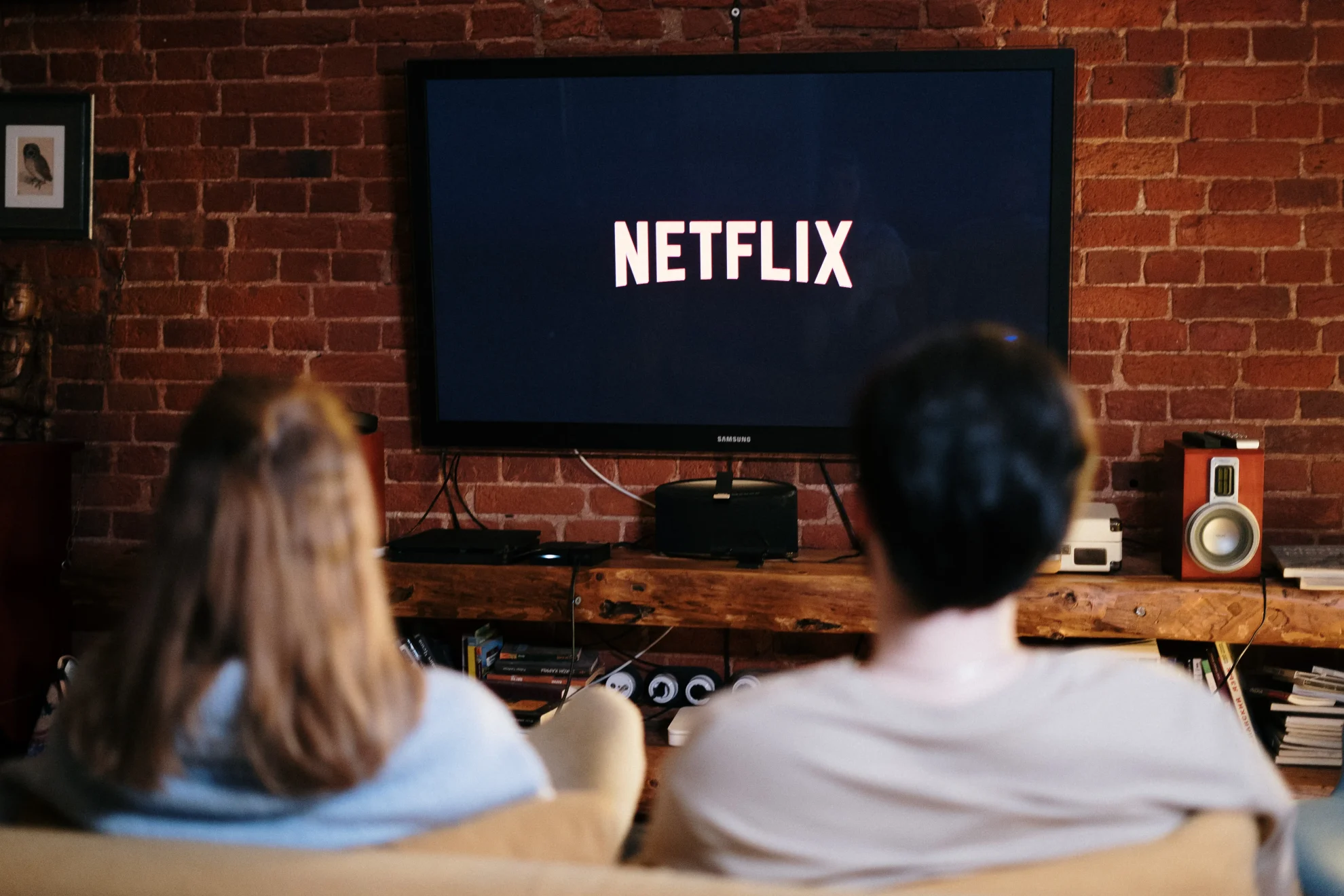Netflix's Evolution: Keys To The Platform's Success
The streaming giant bids goodbye to the DVD rental business
The Birth of a Streaming Giant
In the early 2000s, the entertainment landscape was dominated by traditional television and DVD rentals. Amidst this backdrop, Netflix emerged as a game-changer with a revolutionary business model that would reshape how the world consumed media.
Disrupting the Norm: From DVDs to Streaming
Netflix’s journey began in 1997 as a DVD-by-mail rental service. Subscribers could order DVDs online, receive them by mail, and return them at their convenience. This model quickly gained popularity, but Netflix’s visionary leadership saw a bigger opportunity on the horizon.
The Pivot That Changed Everything
Riding the Wave of Digital Innovation
In 2007, Netflix introduced its streaming service, allowing subscribers to instantly watch movies and TV shows online. This move was a masterstroke, leveraging the rapid advancement of digital technology and the increasing prevalence of high-speed internet connections.
Original Content: A Bold Step Forward
Recognizing the power of content ownership, Netflix ventured into producing its own original series and films. This strategic shift marked a turning point, enabling the company to differentiate itself and attract a global audience with exclusive content.
Data-Driven Personalization
Analyzing Viewer Preferences
One of Netflix’s most innovative features is its recommendation algorithm. By analyzing user data, viewing habits, and preferences, Netflix’s algorithm suggests content tailored to individual viewers. This data-driven approach enhances user engagement and retention.
Creating a Binge-Watching Culture
Netflix introduced the concept of binge-watching, releasing entire seasons of shows at once. This format not only aligned with changing viewer habits but also reinforced the platform’s dominance in the streaming landscape.
Global Reach and Cultural Impact
Breaking Geographic Boundaries
With its borderless streaming platform, Netflix transcended geographical constraints, providing content to a global audience. This approach facilitated the exploration of diverse cultures and narratives from around the world.
Shaping Pop Culture
Original shows like “Stranger Things,” “House of Cards,” and “The Crown” became not just entertainment but cultural phenomena. Memorable characters, catchphrases, and narratives sparked discussions and fueled social media conversations.
Challenges and Future Prospects Amidst Farewell
Competitive Landscape
As the streaming industry evolved, Netflix faced increased competition from other streaming platforms like Amazon Prime Video, Disney+, and HBO Max. This competition challenged Netflix’s supremacy and forced it to continually innovate.
Balancing Content and Cost
Producing original content comes with substantial financial investment. While successful shows drive subscriptions, not all productions yield the desired results. Striking the right balance between quality and cost remains a perpetual challenge.
Netflix’s DVD Division Farewell
As Netflix bids adieu to its DVD rental business, it reflects on a quarter-century journey. The company’s DVD division, which once mailed 5.2 billion DVDs to 40 million subscribers, symbolized movie nights shared across households.
Paving the Way Forward
Despite this farewell, Netflix’s legacy endures. Its streaming platform has become a global sensation, redefining how we experience entertainment. As Netflix’s streaming journey continues, it pays homage to its roots, marking the end of an era while embracing the digital age’s limitless possibilities.
Still Shaping the Future of Entertainment
Netflix’s journey from a DVD rental service to a global streaming giant, amidst the closure of its DVD division, showcases the power of innovation, data-driven decision-making, and adapting to changing consumer behaviors. As it faces challenges and explores new horizons, one thing remains clear: Netflix has redefined how we consume and experience entertainment in the digital age.




